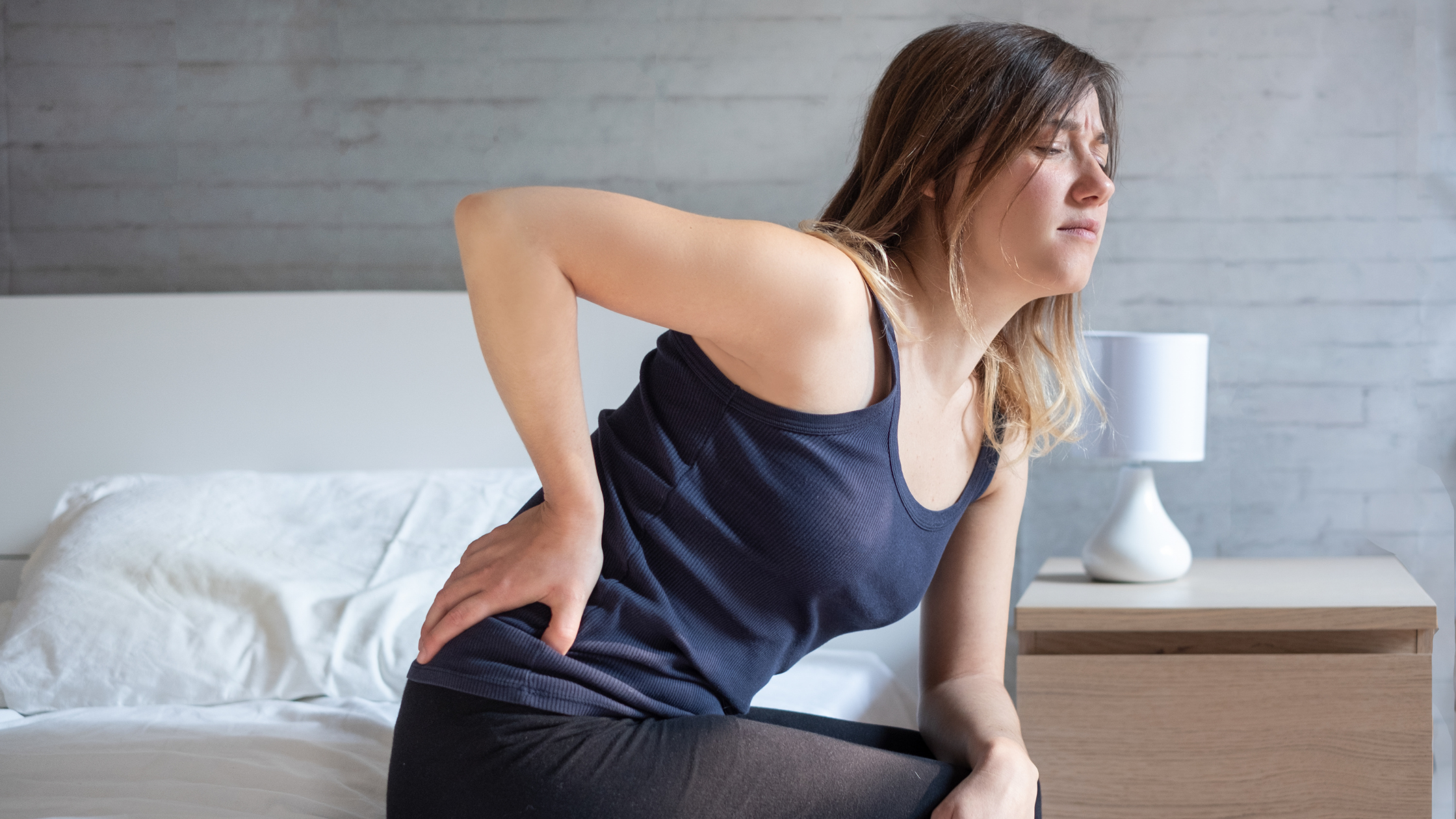No matter the cause, a hip dislocation can be extraordinarily painful. In severe cases, a hip dislocation can leave you unable to move your leg and also cause you to lose sensation in your foot or ankle. At Home Advantage Rehabilitation Solutions, we provide in-home physical therapy to treat hip dislocations and speed up the recovery process. Continue reading to learn more about physical therapy for hip dislocations.
Hip Dislocation
The hip is a large ball and socket joint, and when a dislocation occurs, the ball of the joint has been knocked out of its socket. As a result, the surrounding muscles, ligaments, labrum, and soft tissues keeping the bones in place are often damaged. Hip dislocations can even lead to further injury to the nerves around the hip. The hip is an inherently stable joint, making dislocations rare. However, a hip dislocation can be caused by a car accident, fall, or another traumatic event. Some of the signs of hip dislocation include:
- Pain.
- Muscle spasm.
- Visible physical deformity.
- Inability to stand or bear weight on the hip.
A dislocated hip is a severe injury that needs immediate attention. Immediately following the injury, the hip needs to be put back in place as soon as possible. Once the patient has been cleared to bear weight on the hip, physical therapy can begin.
Physical Therapy for Hip Dislocations
A hip dislocation is a traumatic and serious injury that can hinder a person’s daily function. When the hip is relocated, and pain has reduced significantly, physical therapy can begin. The purpose of physical therapy treatment for hip dislocations is to reduce pain, improve range of motion, and improve hip strength and stability. Here are some of the ways physical therapy facilitates healing following a hip dislocation:
- Weight Bearing and Gait Activities – These help patients rely less on assistive devices and progress towards full weight-bearing.
- Range Of Motion – Safely improves range of motion as the muscles and ligaments heal.
- Stabilization – Targeted activities to work on the hip stabilizers in functional positions to improve hip joint stability.
Contact Us
At Home Advantage Rehabilitation Solutions, our goal with physical therapy for hip dislocations is to facilitate a safe and comfortable recovery process and help our patients get back to doing the activities they enjoy. To learn more about our at-home physical therapy services, be sure to contact our team today!


